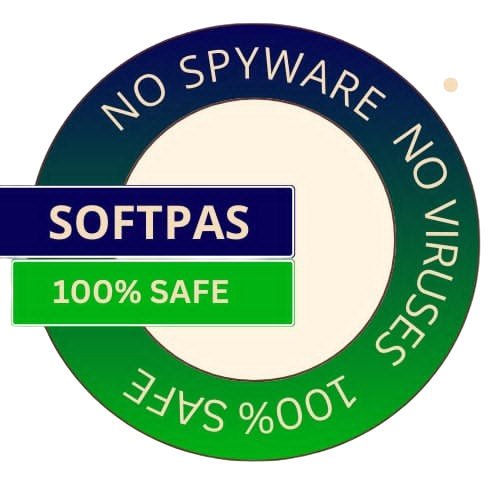
Get the best deals on your favorite games
Cell Electrophysiology Simulation Environment (CESE) is a super handy tool designed for doing simulations in electrophysiology. It’s especially great for checking out how cardiac myocytes, or heart muscle cells, behave electrically.
With CESE, you can run all sorts of simulations. Think action potentials, individual ionic currents, and even changes in ionic concentrations. It's really versatile!
This program works on any system that has Java Runtime Environment (JRE) version 1.4 or higher. So whether you're using Windows, Linux, Solaris, MacOS X, or AIX, you're good to go!
CESE isn’t just a random software; it’s an integrated environment that lets you perform computational simulations with different electrophysiological models. Right now, it allows you to create and run single-cell models using both Hodgkin-Huxley (HH) and Markovian current formulations.
The cool thing about CESE is its uniform interface. This means the program looks and feels the same no matter what model you're using. You can easily switch between different models and compare their outputs without any hassle.
This software takes the usual idea of voltage clamping to a new level! You can clamp almost any variable in your model—be it voltage (membrane potential), total or individual ionic currents, ionic concentrations, temperature, gating variables—you name it! You can even set complex piece-wise functions for these clamping commands.
CESE gives you simple yet effective ways to visualize data. The results from your simulations can be displayed graphically or in tables. Plus, you can customize plots and zoom into areas that interest you.
If you want to do more analysis outside of CESE—which isn't primarily a data analysis tool—you can generate current-voltage relationships (I-Vs) and export your data in formats like ASCII or Axon Text File (ATF). This way you can use your favorite analysis software afterward!
This tool was built from scratch with solid programming practices in mind for Java developers. It focuses on keeping things clear and easy to use while taking advantage of available Java APIs like Java2D and JAXP.
Create models without getting bogged down by complicated programming tasks! CESE provides essential routines like ODE integrators and handles saving/restoring model states so that you can focus on coding your specific ionic currents.
This latest release introduces a user-friendly GUI for switching plot types, boosts performance significantly, and fixes several bugs!
Go to the Softpas website, press the 'Downloads' button, and pick the app you want to download and install—easy and fast!

SoftPas is your platform for the latest software and technology news, reviews, and guides. Stay up to date with cutting-edge trends in tech and software development.
Subscribe to newsletter
© Copyright 2024, SoftPas, All Rights Reserved.